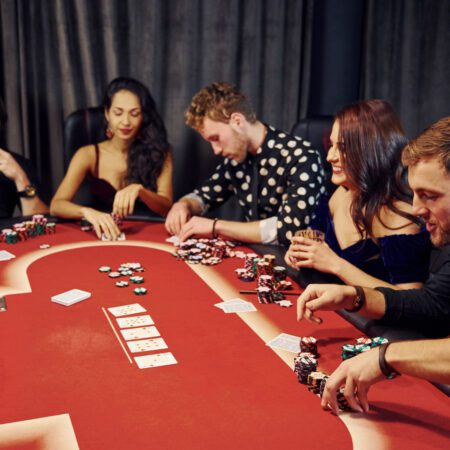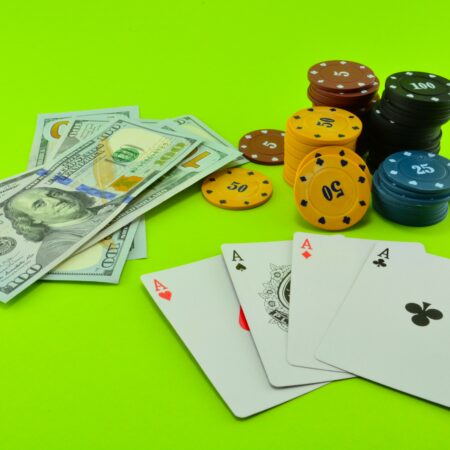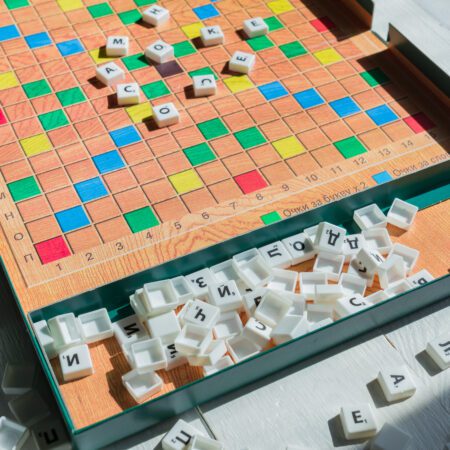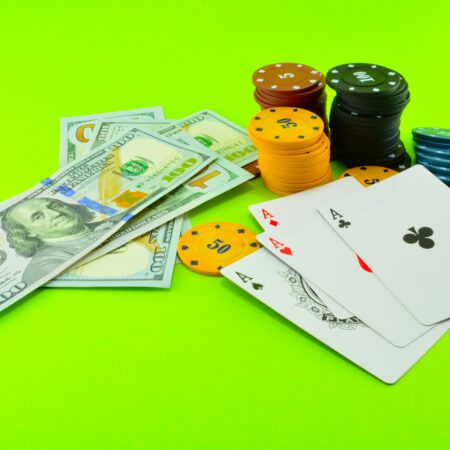Dive deep into the psychology behind risk-taking and discover why some gamblers are more adventurous. Find insights into brain chemistry, and how it shapes our relationship with risk in casinos.
The Psychology of Risk-Taking: Why Some Gamblers Are More Adventurous
Imagine sitting in front of a glittering slot machine, with sights set on its jackpot. Now, suppose a stranger walks over and offers you a deal – he’ll share a foolproof trick to triple your winnings, the catch is you must bet all your money on the very advice. Would you take the risk? Are you feeling the adrenaline already?
Here’s where the fascinating world of psychology steps in. A study published by Psychology Today uncovers just how deep the roots of risk-taking go. It points out that every individual’s propensity for risk is directly wired to their brain chemistry. Yes, you heard that right: some of our brains are literally wired to gamble!
The Dynamics of Risk and Reward
Inside our brain lurk two primary areas associated with risk-taking. First, there’s the amygdala, our emotional response center, which fires up with every rush of the win. On the other hand, the insula, a small region, is responsible for processing the discomfort that comes with loss. You’d think these parts of the brain would balance each other out. But remember, luck is a skilled flirt with unpredictability.
For instance, individuals that are naturally more adventurous or seekers have an extra shot of dopamine—the ‘feel-good’ neurotransmitter—every time they embark on something uncertain like using advanced slot technology.
More Roulette than Russian
And then there are the more calculated risk-takers. Let’s call them the ‘strategists.’ These individuals usually have a more activated prefrontal cortex—the region handling decision-making and problem-solving tasks. They dissect every play, study patterns, and understand that losing doesn’t necessarily mean the end, but rather an opportunity to learn. It’s an actual chess game for them!
Some may argue it loses the thrill of uncertainty, but ask these strategists, and they’ll tell you: the thrill lies in defeating the odds, not in succumbing to randomized outcomes.
“Remember the Asian player on that rainy Vegas night?” I can still recall the black-jack dealer asking me, a mix of admiration, and bafflement painted on her face. “He lost big, but never did you see frustration creep on his face. Instead, he’d study each play intently and come back stronger.”
Can We Tame the Risk Beast?
Discovering the patterns behind our risk-taking tendencies leads us to the question: can we change our risk profiles? Could I, a cautious player, train my brain to enjoy the thrill of risky bets, or could an adventurous gambler learn to play it safe?
Neuroscientists believe that while our innate risk-profile largely remains constant, we have the potential to tune our impulses, to an extent. By consciously stimulating areas of the brain responsible for decision-making, risk tolerance can also be adjusted. But that’s a story for another day.
Eventually, at the heart of gambling and risk-taking, isn’t just about the money or the thrill, but a deeper, more intrinsic quest—our yearning to test our own boundaries, to challenge predictability, and to experience the ecstasy of conquering the unknown.
A Final Throw of Dice
Whether you’re an adrenaline junkie or a calculated strategist, remember that understanding yourself is the first step towards a healthier relationship with risk. Next time you drive by a casino or decide to indulge in games powered by advanced slot technology, remember, there’s more at play than luck. It’s the intricate and fascinating dance between nature & nurture within you.
So, what does your risk profile look like? The answer might have higher stakes than you think.










